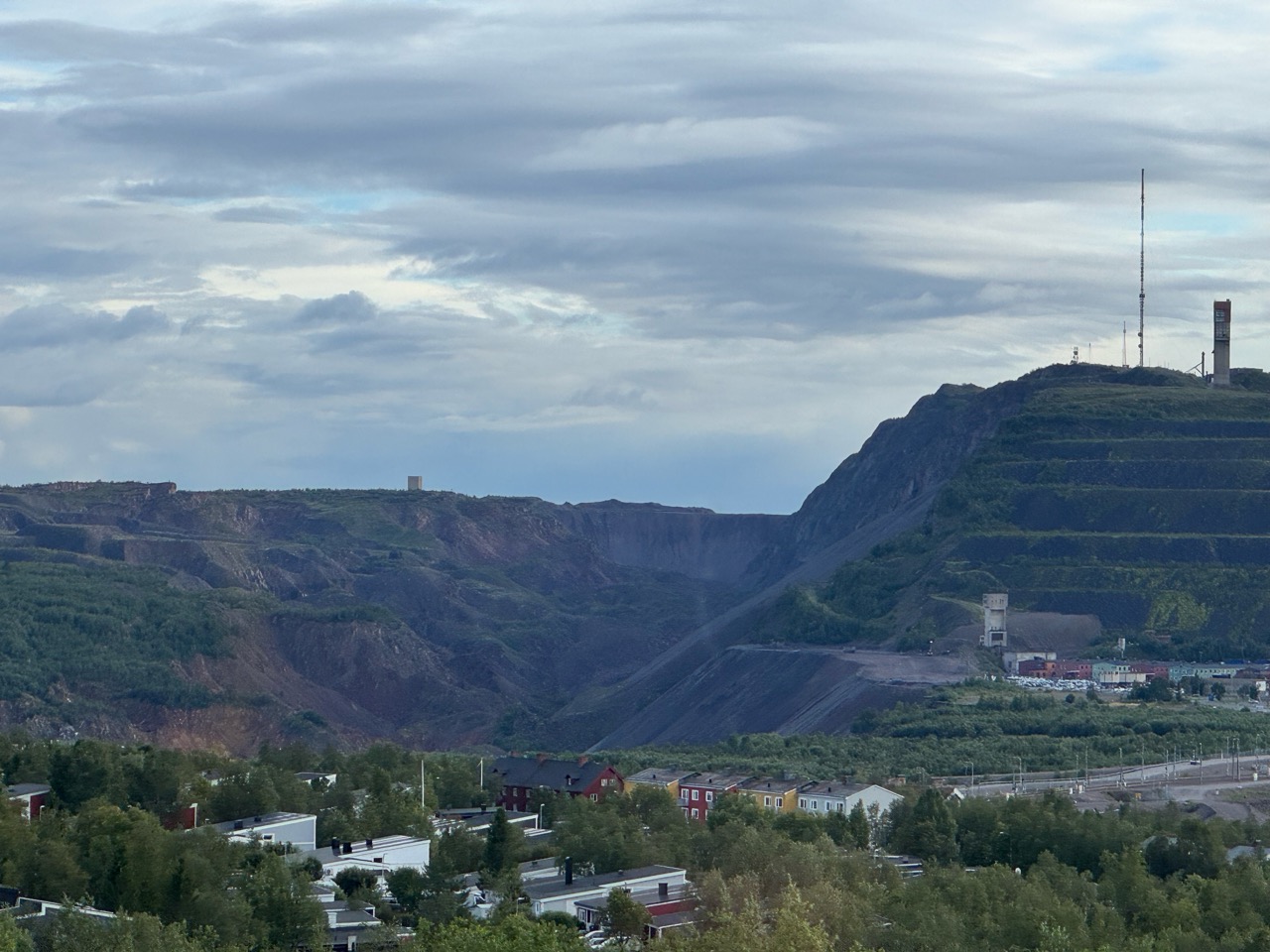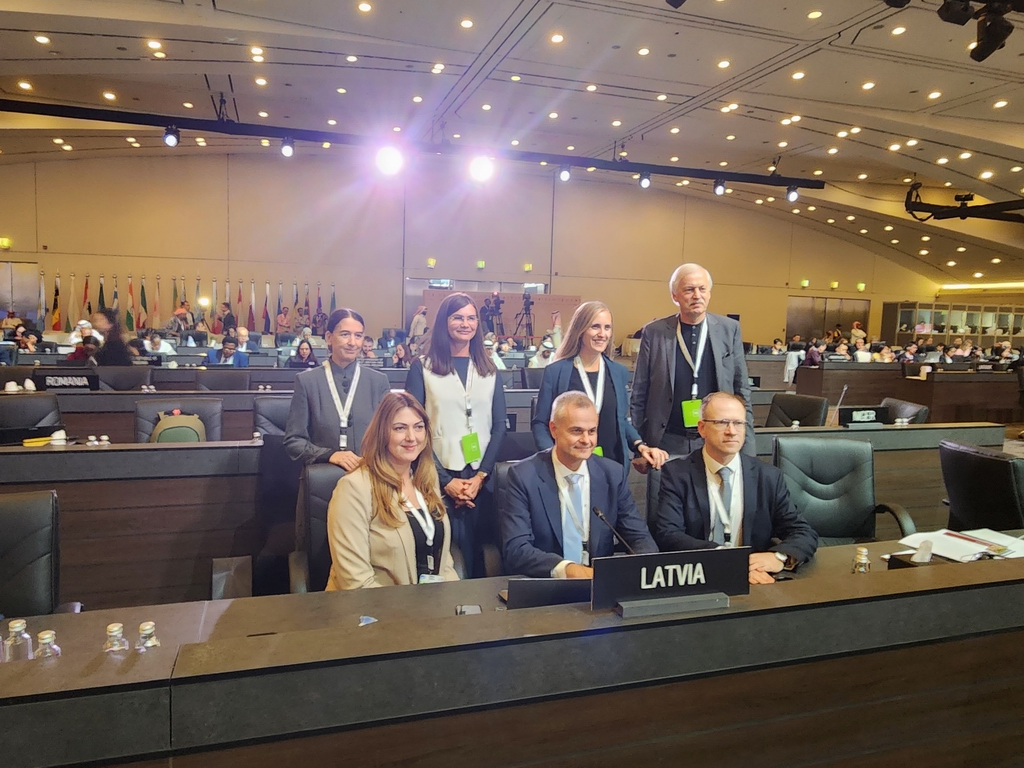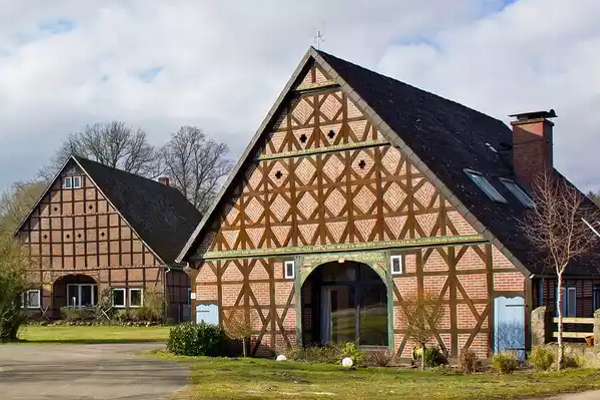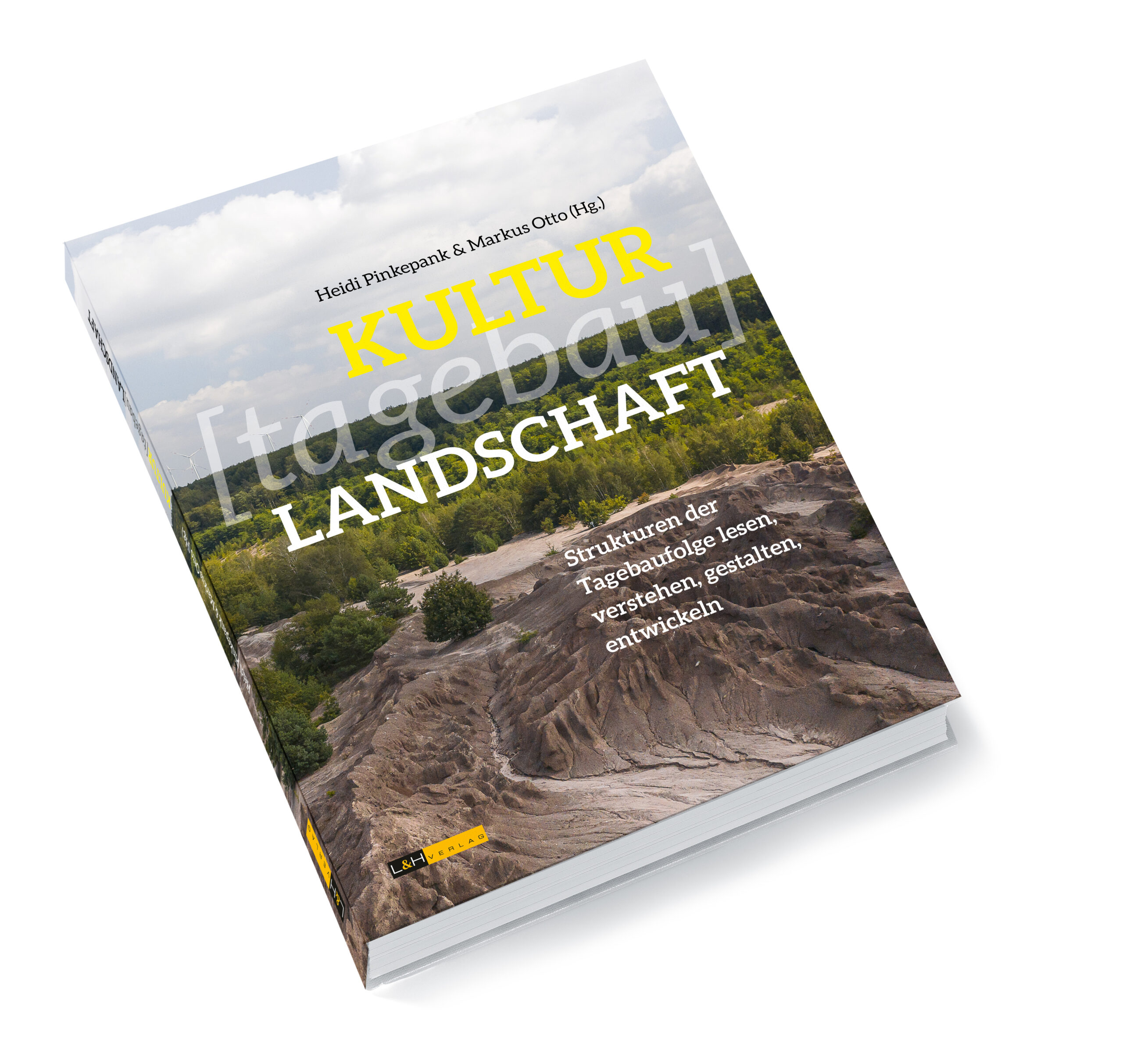The Rundlinge settlement landscape in Wendland was submitted to the Standing Conference of Cultural Ministers by Lower Saxony as one of two proposals for the national tentative list of UNESCO World Heritage properties. Press release of the Ministery of Science and Culture (MWK) from 29 October 2021.
Lower Saxony submitted two proposals for the national tentative list of UNESCO World Heritage properties to the Standing Conference of Cultural Ministers. The proposals "Schöningen Spears Site - Man and Hunting 300,000 Years Ago" and "Rundlinge in Wendland: A Settlement Landscape" had convinced the eight-member expert jury in advance.
A total of four applications were received by the deadline of March 31, 2021. "All applications from Lower Saxony are united by the high quality of the preserved cultural monuments," said Lower Saxony's Minister for Science and Culture Björn Thümler. "This was expressly recognized by the jury. My special thanks go to the numerous monument owners and the many volunteers, without whose commitment our rich heritage would not be preserved."
In the opinion of the jury, the Schöningen spear site stands out as an excellently preserved site of early human history. We owe the Schöningen spears to the unique preservation conditions for organic finds. What is outstanding is that cognitive abilities were demonstrated here for the first time for early man, as we also have them: strategic thinking, long-term planning and, above all, targeted interaction in a group. Without these characteristics, successful hunting of big game would not have been possible. The search for the best material is also documented here.
"Rundlinge in Wendland: A Settlement Landscape" is characterized by a historical cultural landscape undisturbed by large modern buildings. The round villages have been preserved in their centuries-old structure, both in the village center and in the surrounding landscape, which corresponded to the different requirements of old forms of agriculture. The settlement landscape comprises 19 villages, which are characterized by a spur road leading to the central round square in the middle and the hall houses arranged in a circle.
Background:
A Tentative List is a national proposed list (https://whc.unesco.org/en/tentativelists/). It contains the cultural monuments and protected areas for which a state is seeking nomination as a UNESCO World Heritage Site. For the new German Tentative List, Lower Saxony, like every federal state, was able to submit two proposals. In the next step, the applications from all federal states will be reviewed by a national group of experts. The Conference of Culture Ministers will then consider the expert commission's proposal in the second half of 2023. The new German Tentative List will then be submitted to the World Heritage Center in Paris in 2024.
Press release of the Ministery of Science and Culture (MWK) from 29 October 2021.






